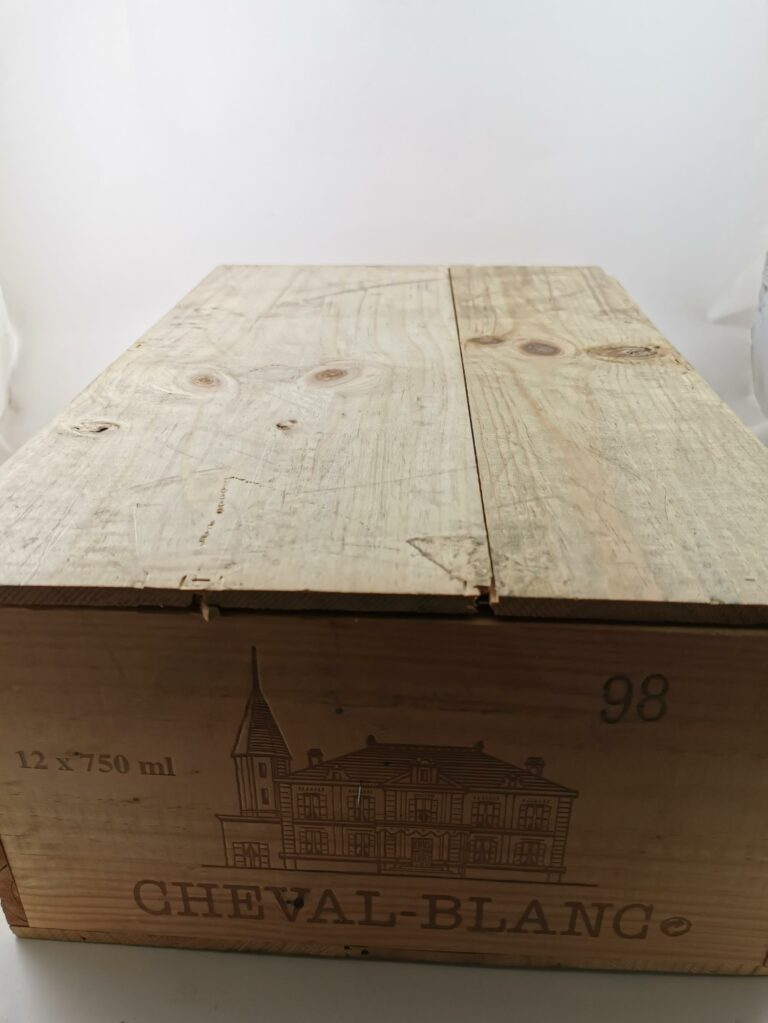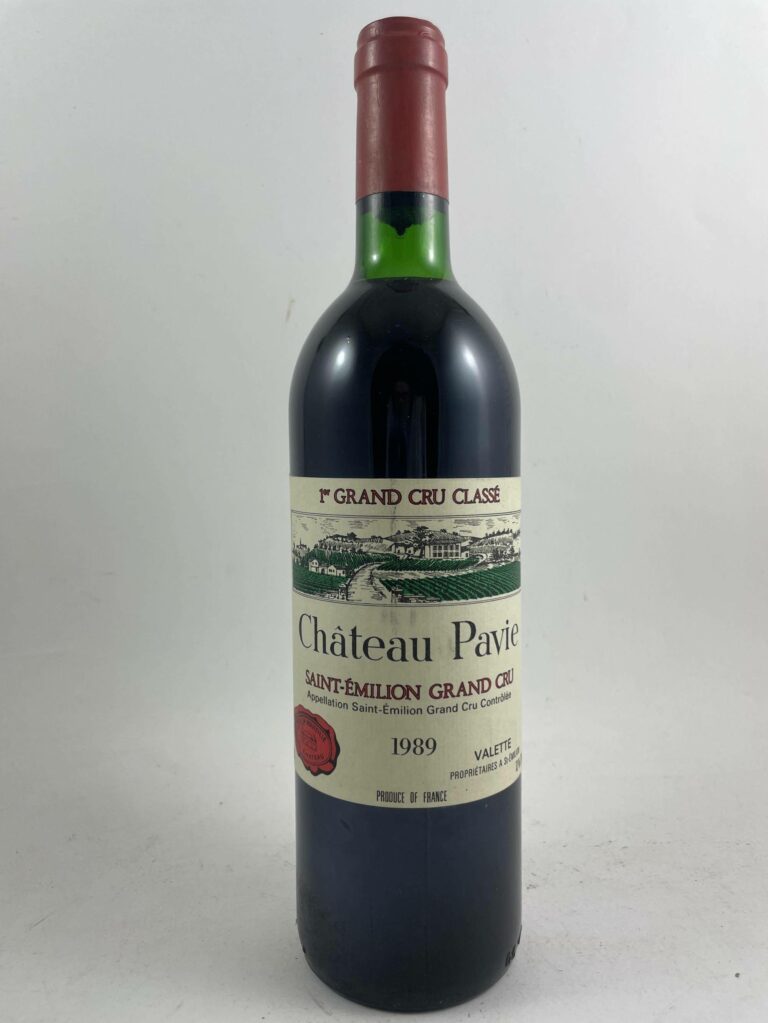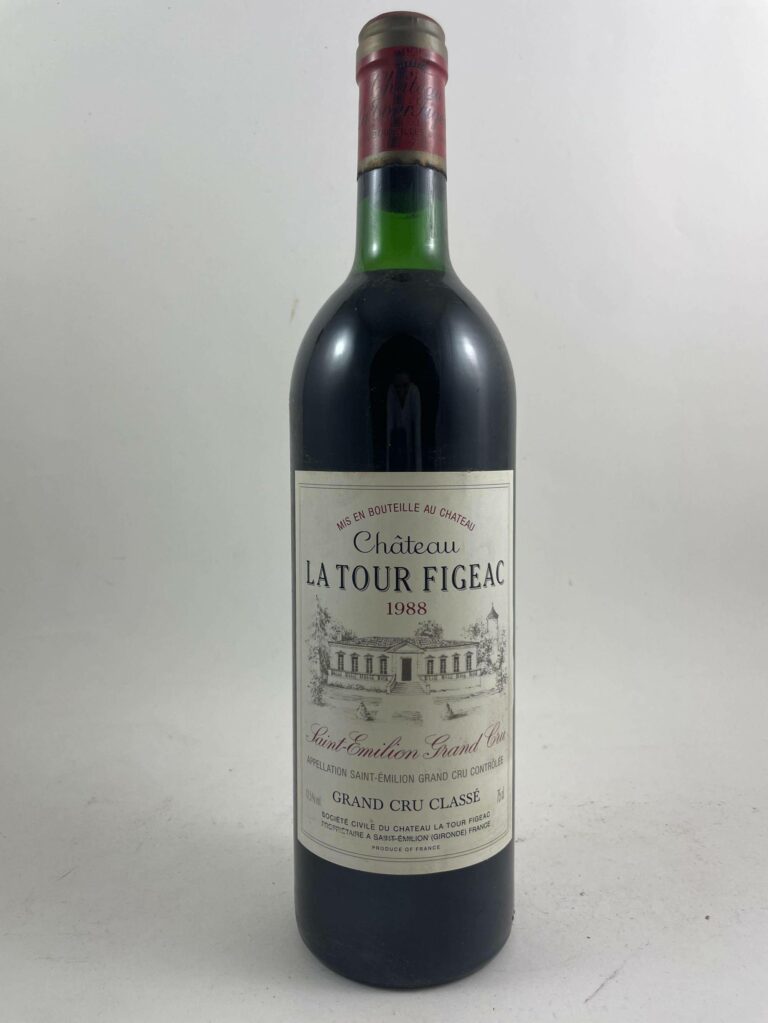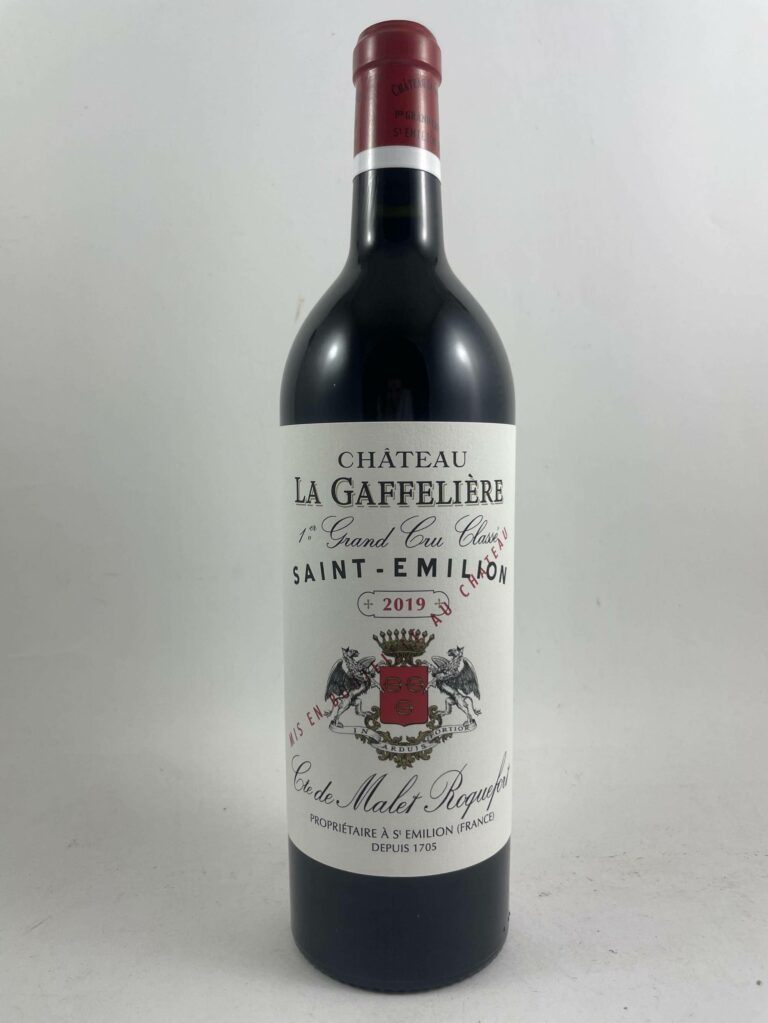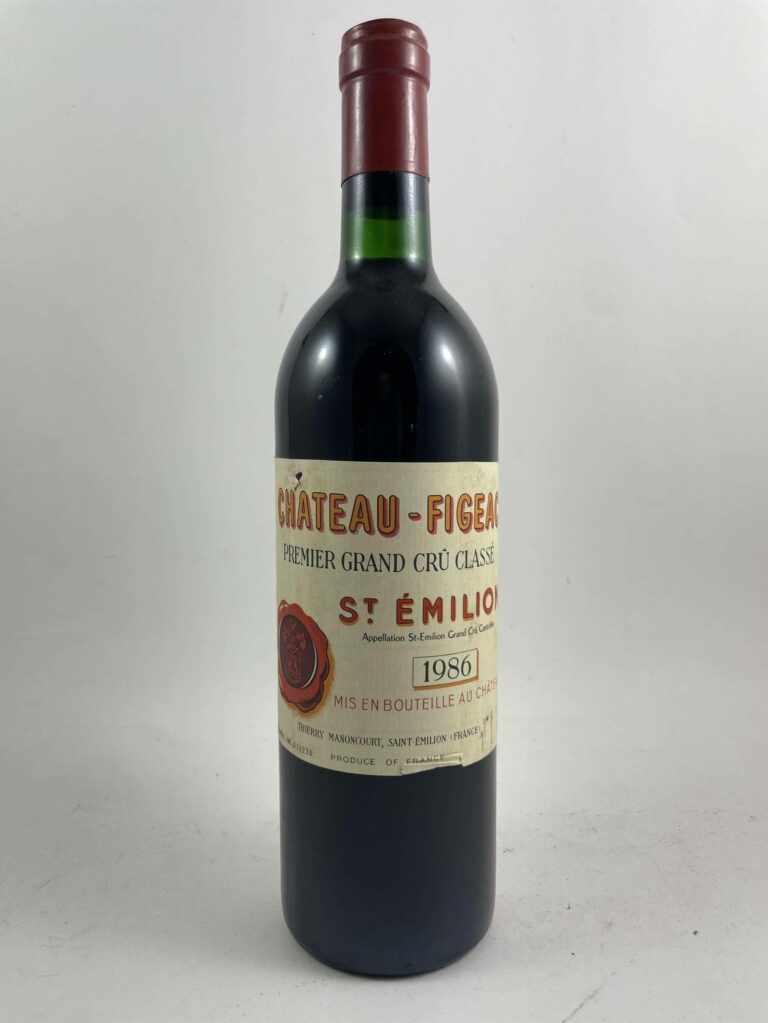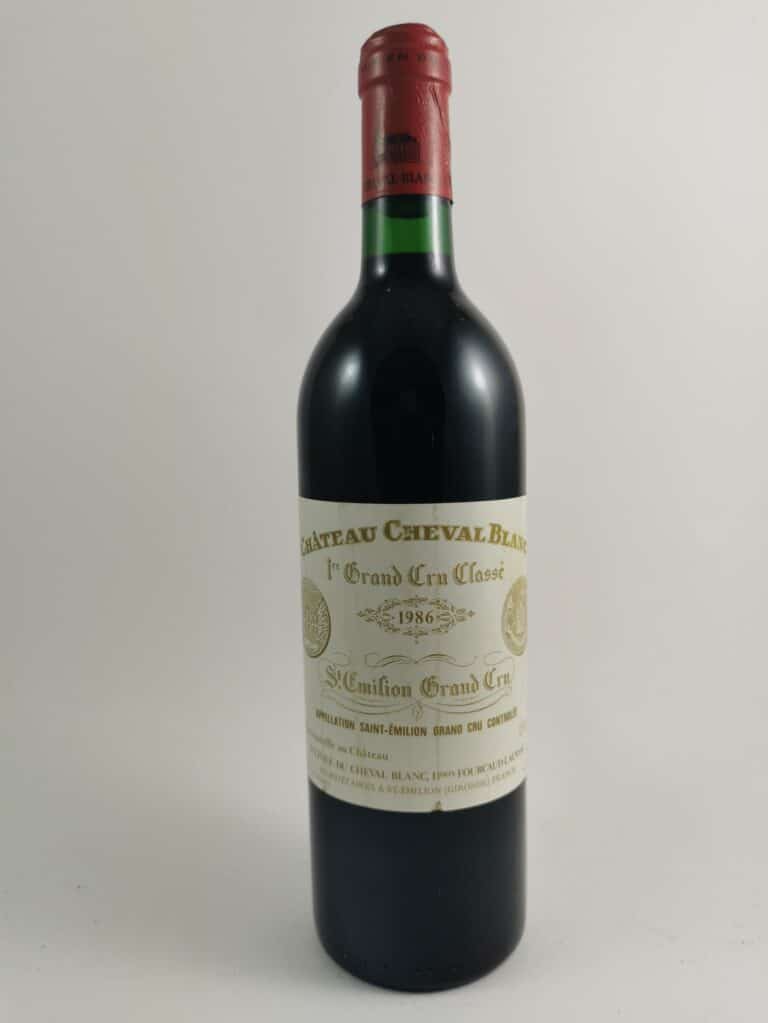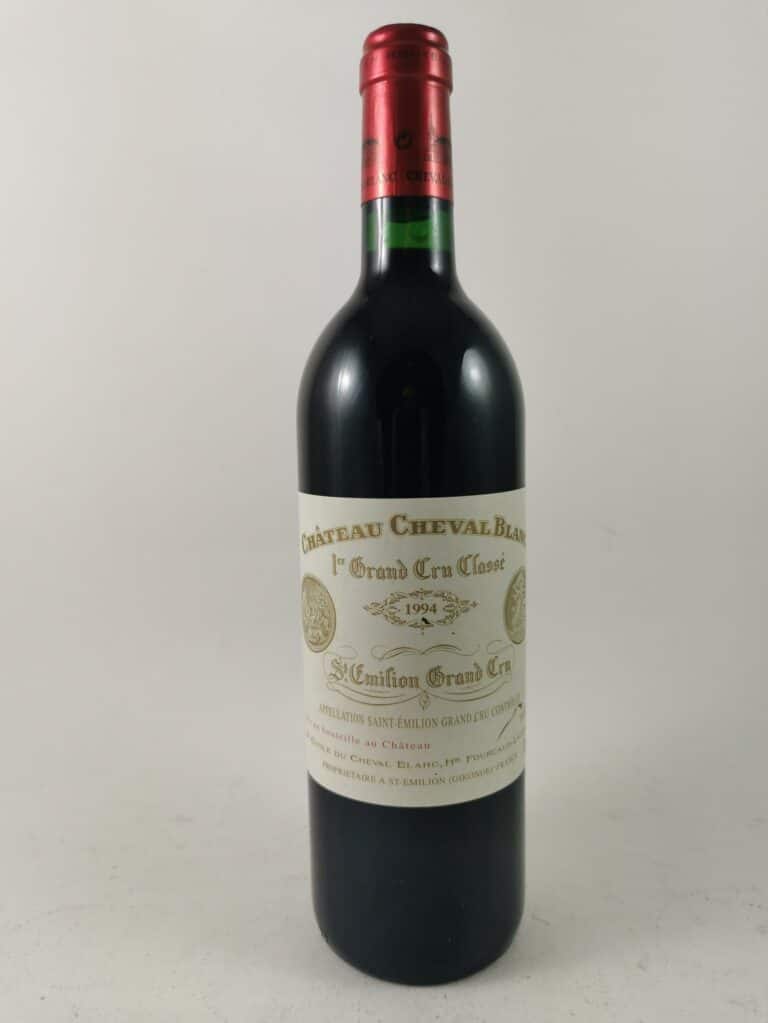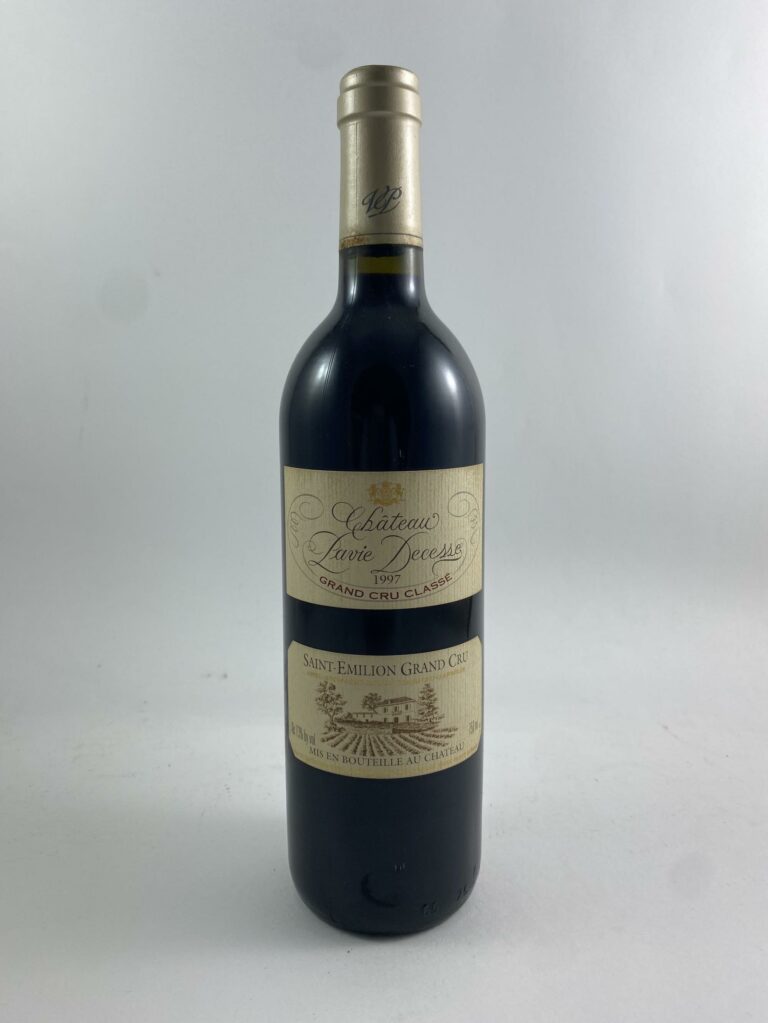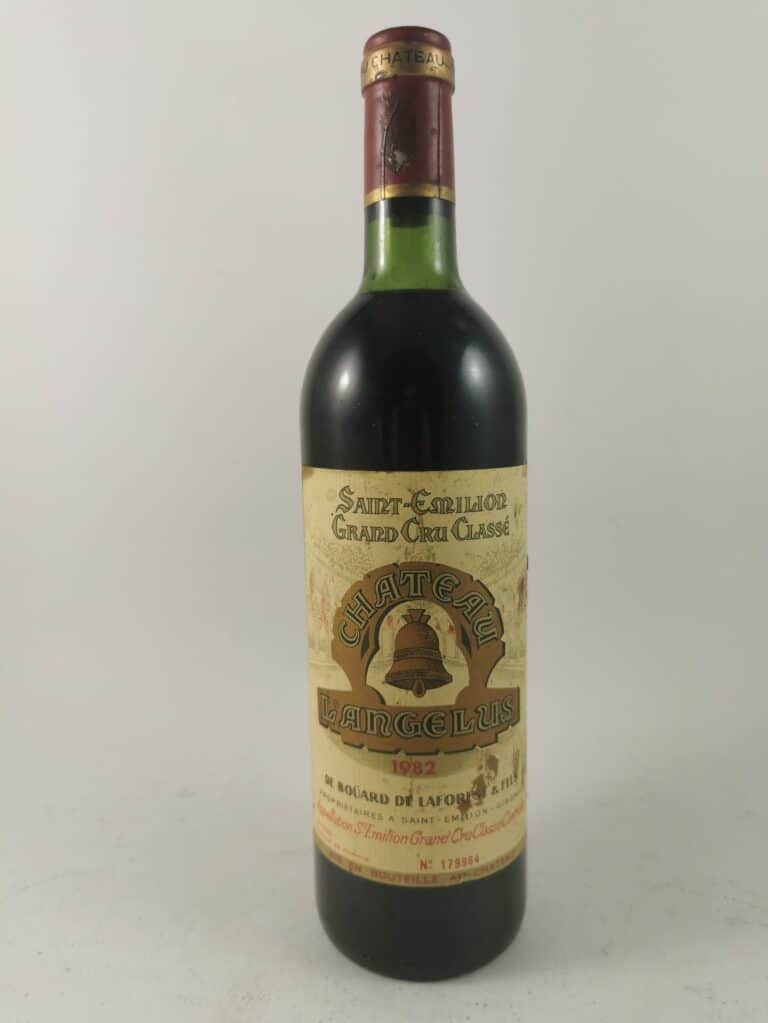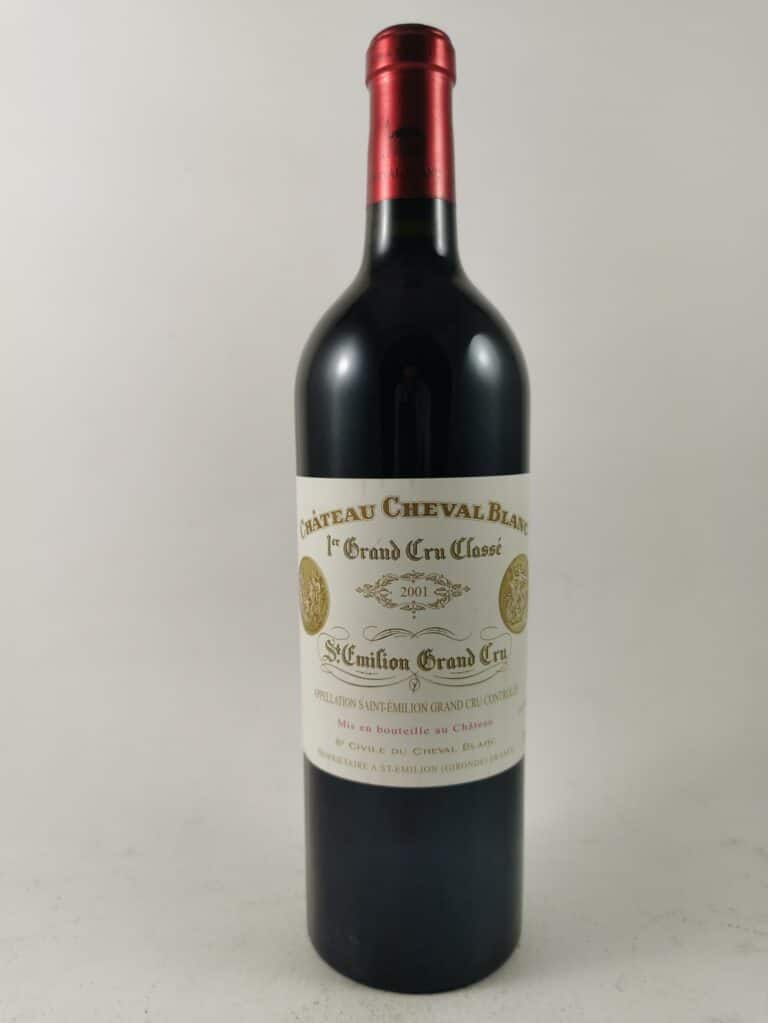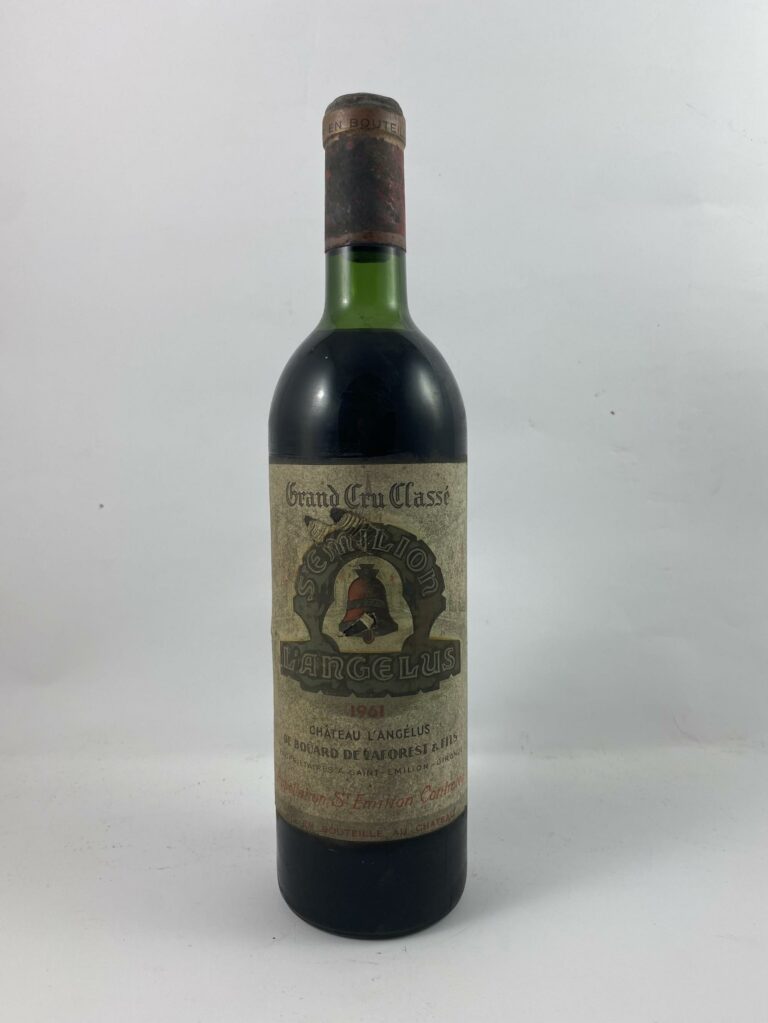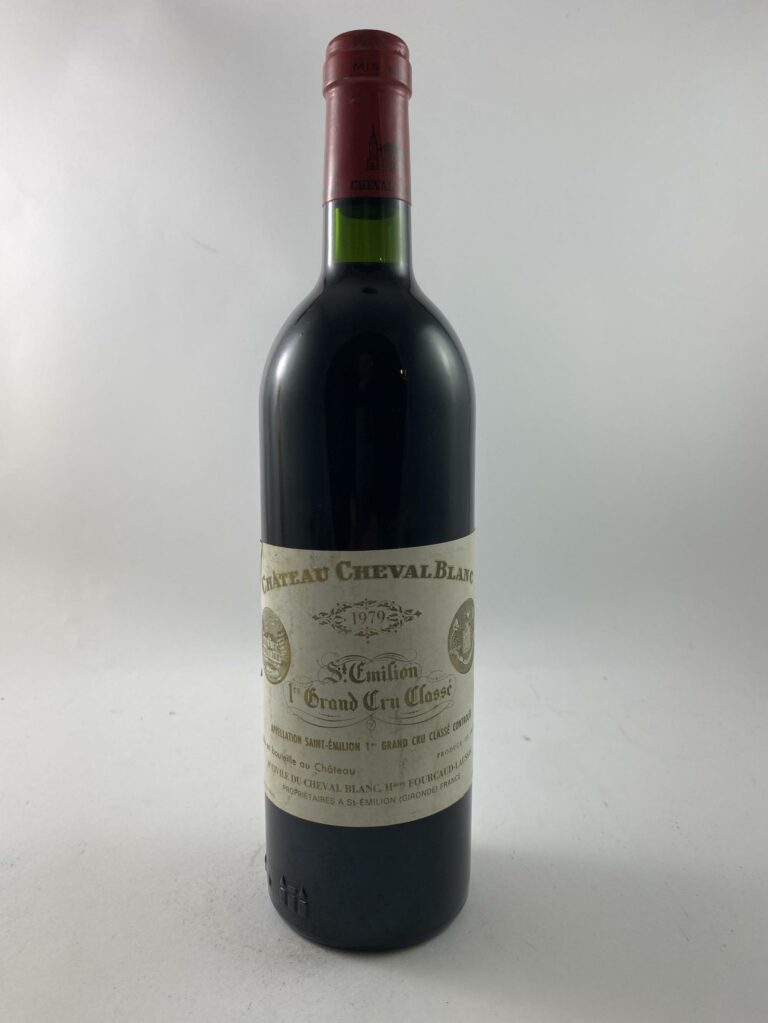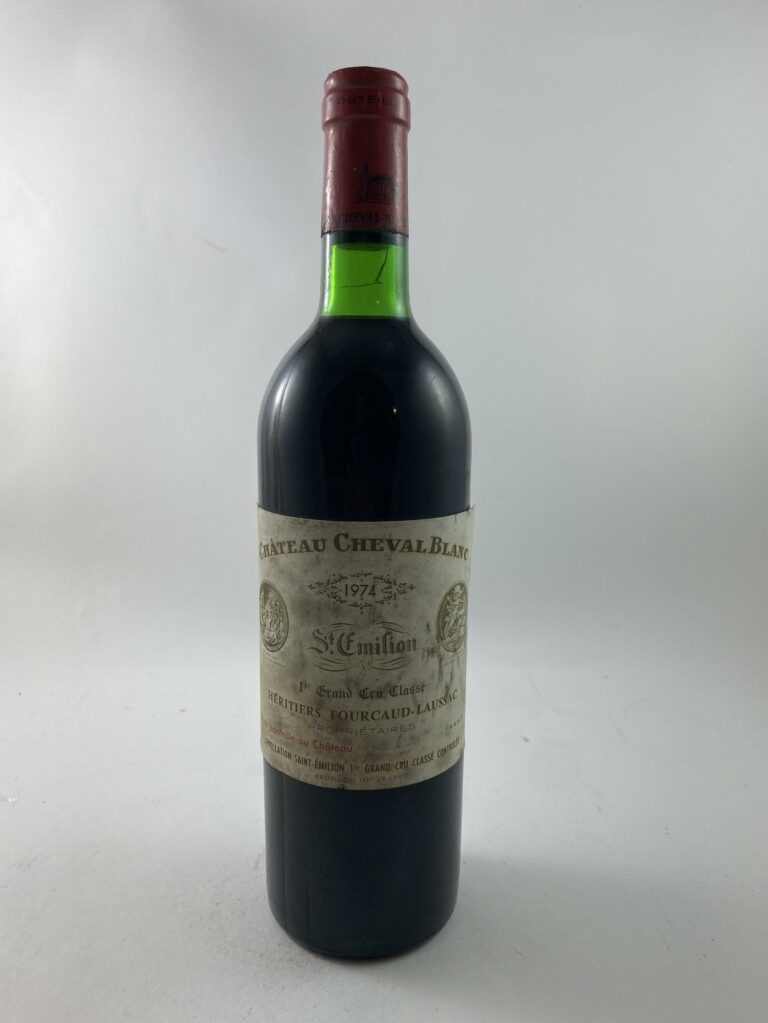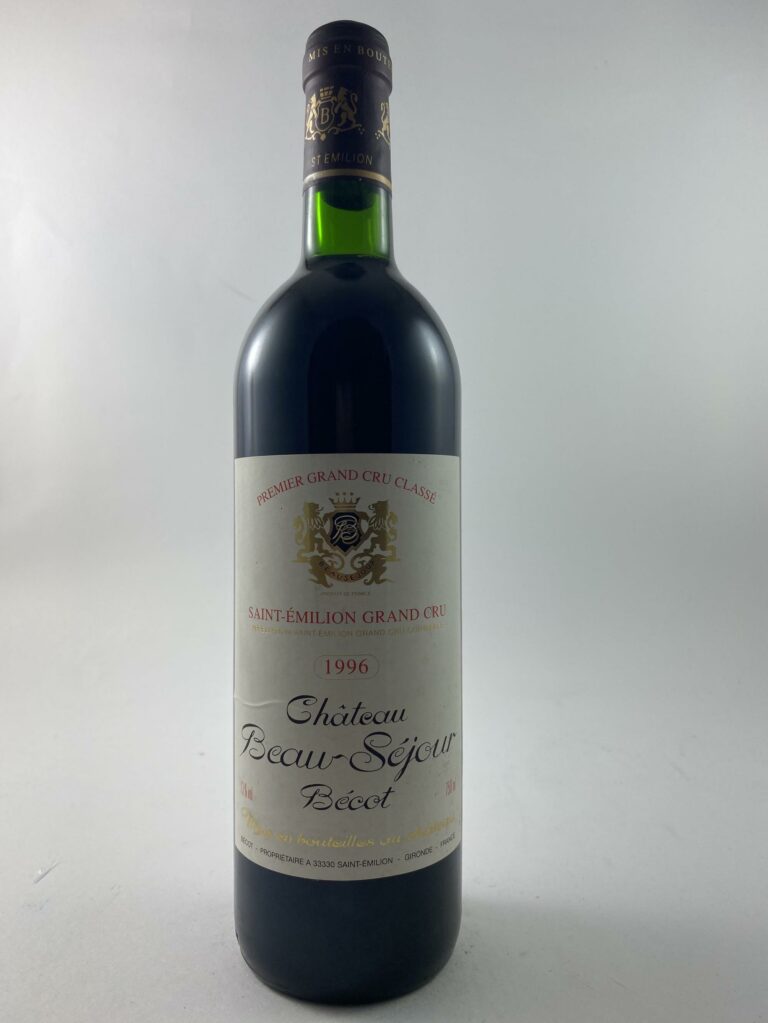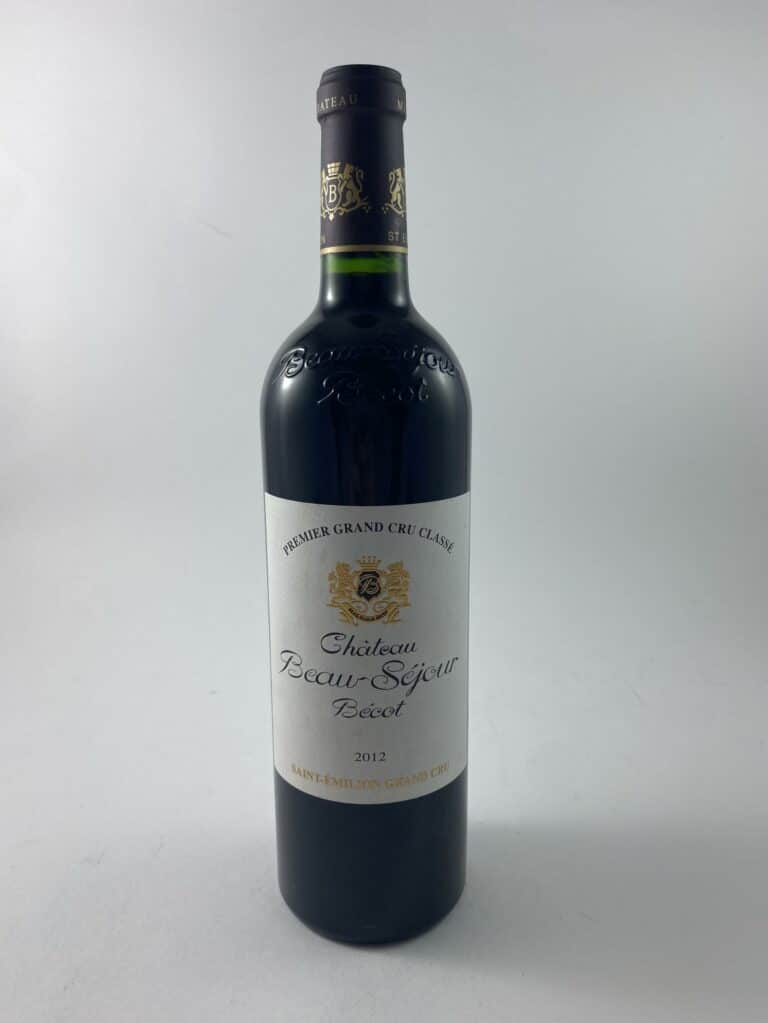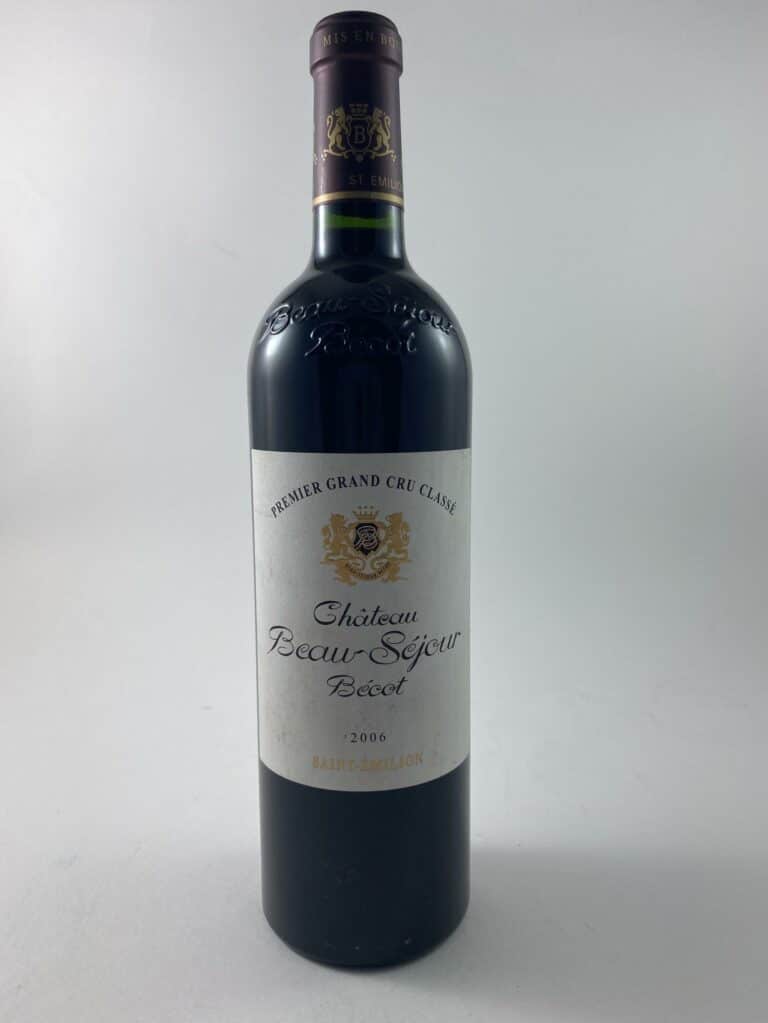Saint-Emilion wines
The wine of Saint-Emilion is a typical red wine of the Bordeaux region. It is best to drink it chilled at 13 to 15°C. The ideal age for a bottle of this wine is between 4 and 12 years. It goes well with dishes such as chicken, lean meat, game meat and white meat.
Created since 1936, the vineyards of Bordeaux Saint-Emilion AOC produce two types of wines: Saint-Emilion and Saint-Emilion Grand Cru. They cover more than 8,000 hectares spread over 860 harvesters, including a number of neighboring communes of this village: Saint-Christophe des Bardes, Saint-Étienne de Lisse, Saint-Hippolyte, Saint-Laurent des Combes, Saint-Pey d’Armens, Saint-Sulpice de Faleyrens, Vignonet and Libourne.
The wine of Saint-Emilion combines several key elements to produce high quality wines. First of all, it has four families of soils (limestone, clay-limestone, gravel and sand), forming a rugged landscape between hills, plateaus, mesas and plains.
This territory benefits from an ideal microclimate for the culture of the vine, in particular Merlot. Thanks to a warm oceanic climate, with mild temperature variations in summer and winter, these vineyards and their surroundings have a fairly good rainfall throughout the year of distribution.
The wine estates of Saint Emilion
The totality of the wine-producing properties of Saint-Émilion covers approximately 8,000 hectares and produces on average 35,300 hl per year. It includes the best classified growths in France.
The great classified growths
Within the vineyards and chateaux of Saint-Emilion, there is a variety of grands crus classés of which we present to you those with gold medals.
Chateau Chauvin
Becoming the property of Sylvie Cazes in May 2014, Chateau Chauvin is based on 15 hectares of land northwest of Saint-Émilion, close to the AOC Pomerol.
Chateau Cadet Bon
Based on a gentle slope near Saint-Émilion, the vineyard of Château Cadet Bon covers 7 ha, 6 of which comprise a single type of vine. In total, Merlot occupies 80% of the plantings, while Cabernet Franc occupies only 20%.
Château de Pressac of Saint Emilion wine
Located on a high cape at the top of the plateau overlooking the hills of the Dordogne and Saint-Emilion, Château de Pressac has dominated the valley for over 600 years.
Chateau Le Châtelet
Based about a hundred meters from the Collegiate Church and the Bell Tower, the Monolithic Church and the old church of Saint-Martin de Mazerat, Château le Châtelet offers one of the best grands crus in the world.
Chateau Franc Mayne
Grand cru classé de Saint-Émilion, Château Franc Mayne is based 1 km from the village and is accessible by a path through the vineyards of the AOC. Away from the road, protected by two huge cedar trees, enjoy a panoramic view of 7 hectares of vineyards shaped with the greatest respect for the environment.
Chateau Beau-Séjour Bécot, Premier Grand Cru Classé
The site of Chateau Beau-Séjour Bécot was already dedicated to Gallo-Roman viticulture since the Middle Ages. Indeed, the monks of the church of Saint Martin de Mazerat in Saint-Emilion used to make wine there. Centuries later, the vineyard was acquired by Michelle Bécot in 1969. The latter was born into a family of winemakers established in the city since the mid-18th century.
Chateau Fombrauge
Founded in the 6th century, Chateau Fombrauge is the symbol of the supremacy of the Grands Crus Classés of Saint-Emilion. Despite the succession of six families on the site, the quality of the wines produced has always been excellent.
Château Guadet, Saint Emilion wine
The Chateau Guadet property is located in the center of the village of Saint-Emilion. Since 1844, seven generations of the Lignac family have succeeded one another in this domain. Today it belongs to Guy Petrus and Vincent Lignac.
Chateau Jean Faure
At the top of the classification of Bordeaux vineyards, Chateau Jean Faure is anchored in the same region as the most Grand Cru Classé. Secluded in Pomerol, clinging to the clay, the château stands discreetly.
Chateau Angélus
In his thirty years at the helm of Château Angélus, Hubert de Boüard de Laforest has always responded to the specificities of the terroir and the wine, constantly questioning the practice and the technique. It is recognized as one of its charming jewels.
Saint-Emilion wine: the characteristics of these wines
The wines of Saint-Emilion are abundant and certainly very diverse, depending on the region of origin. They contain grains. Their structure, supported by solid tannins, becomes rounder with time and, in a good vintage, is wrapped in a delicious pulp.
These Grands Crus are sparkling and very seductive, with a deep ruby red color with garnet highlights. The nose is denser and more complex than the Saint-Emilion, with more finesse, a broader class, fresh red fruits, figs, cooked plums and floral notes of peony. It gradually maximizes its potential, revealing premium notes of subtle cocoa bean aging, roasted tones, almonds, cedar and oak, and sandalwood.
Once in the mouth, it is an incomparable taste, a very dense, deep and very long wine. The tannins are incredibly fine and deep, with veins that characterize them very well. The material is soft and completely textured.
The domains near Saint-Emilion wines
All around the wine properties of Saint-Émilion are the following domains.
The Chateau Cherubin
There is a common desire among the owners of Château Chérubin to offer products of excellence in family projects carried out by men and women with solid viticultural experience.
Le Chateau Soutard
Based at the end of a wonderful alley lined with lime trees, Château Soutard stands magnificently with an 18th century facade and 16th century dry stone pavilions typical of traditional Bordeaux farmhouses.
The Domaine d’Arpaillan
The Domaine d’Arpaillan is a vineyard that has existed for 4 generations. The know-how is inherited and the quality only improves. Dominic and Natalie Perier, who run the winery, guarantee its development while remaining faithful to their heritage and terroir.
Find the other appellations of Saint Emilion, Château Angélus, Ausone, Beau-séjour Bécot, Cheval Blanc, Clos Fourtet, Figeac, La Gaffelière and Pavie.
Other appellations are equally noble, wine of Pauillac, wine of Bordeaux Saint Julien, wine of Sauternes, red wine of Saint Estèphe, wine of Chateau Margaux, wine of Pessac and wine of Pomerol.

